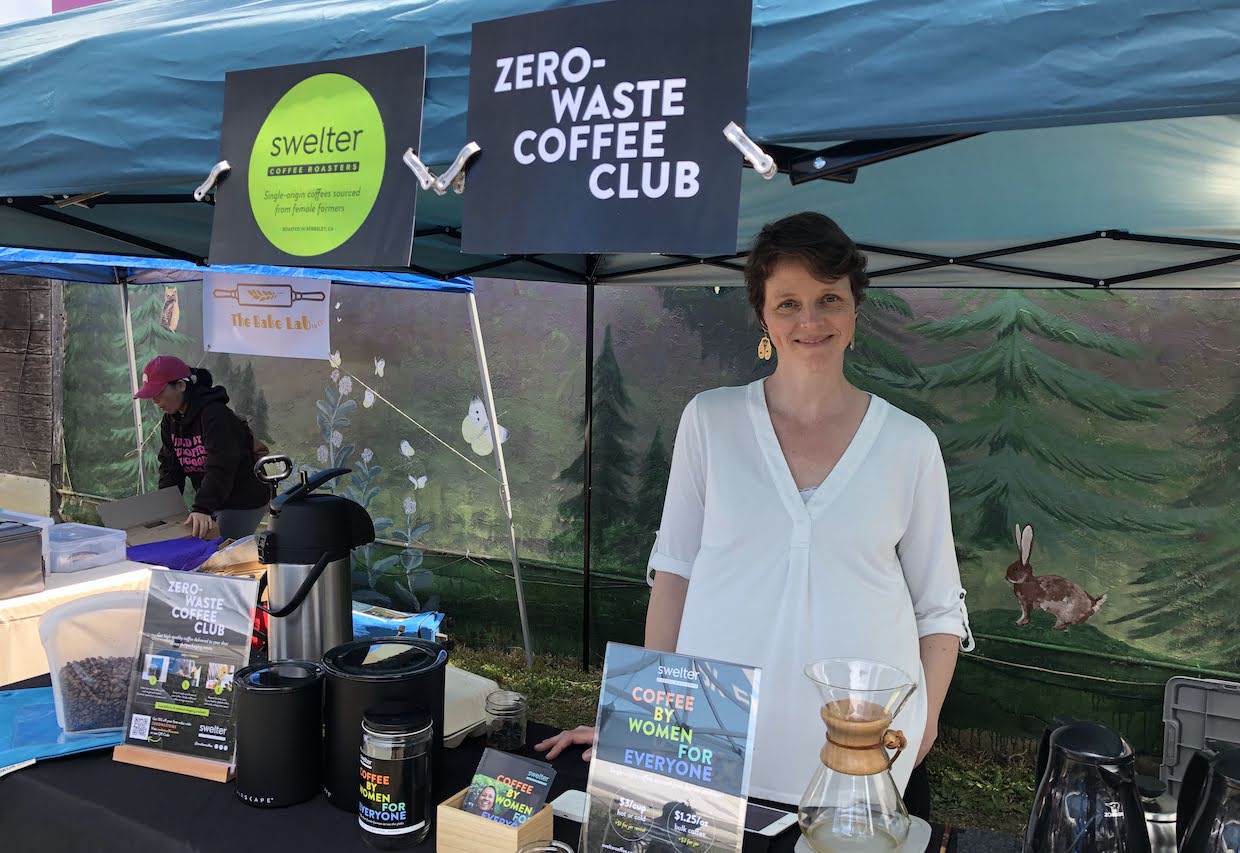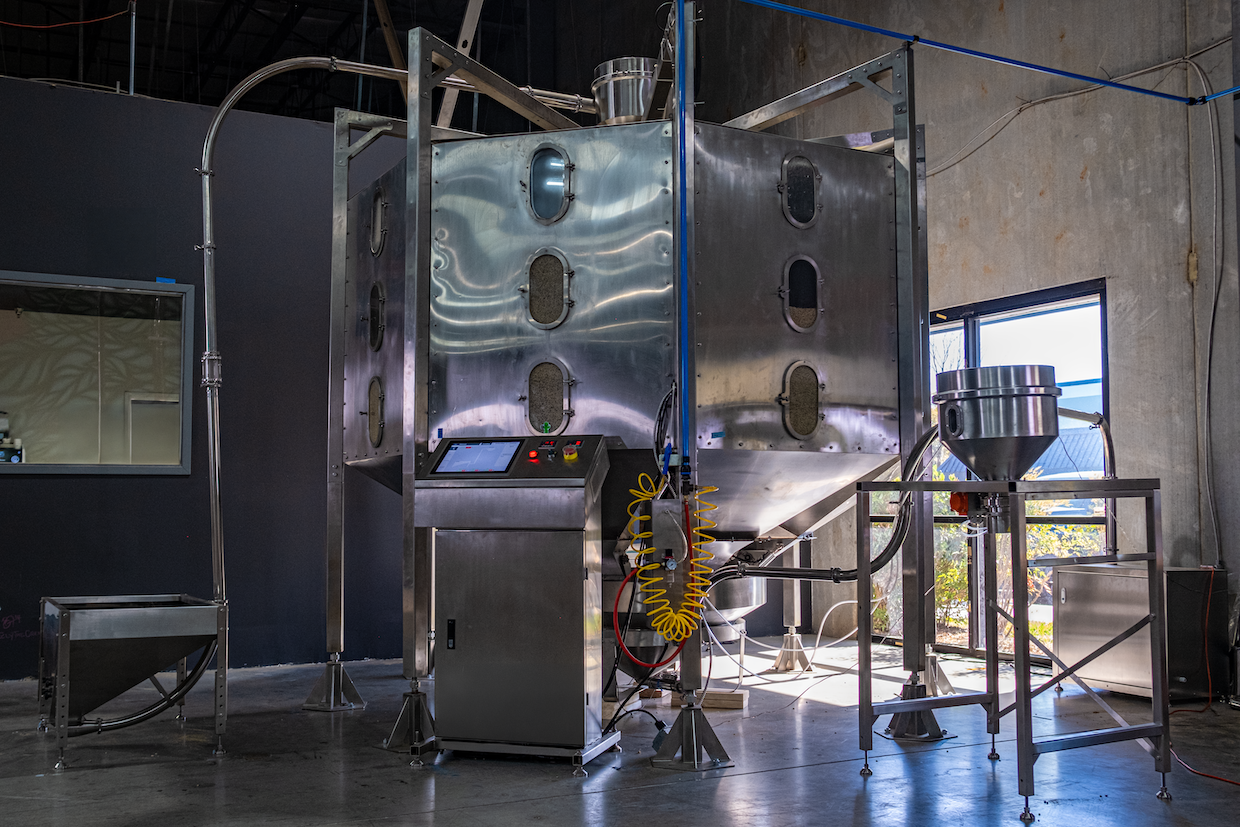The washed process is one of the most common and revered processing methods in the coffee industry. Often used to showcase terroir and highlight clean, bright flavour profiles, industry professionals and consumers the world over enjoy these coffees.
The popularity of washed coffees prevails and undoubtedly will for years to come. But at the same time, it’s been hard to ignore the increasing number of experimental processing methods appearing on coffee shop menus and roasters’ offerings.
In recent years, there has been a growing focus on more advanced and novel techniques, such as extended and anaerobic fermentations, drawing inspiration from other industries like winemaking. Natural processed coffees are also becoming more popular as people are interested in fruit-forward, funkier profiles.
So where does this leave washed coffees? Are they becoming more popular again, or are other processing methods becoming more prominent?
I spoke to Abenezer A., Managing Director of Origin Land Coffee, and Andreas Kussmaul, a trader at Exportadora de Café California (ECC), a subsidiary of Neumann Kaffee Gruppe, for their insight.
You may also like our article on why it’s becoming more difficult for producers to differentiate their coffees.


Why washed processing methods are so popular
Although the natural process is the oldest processing method in the coffee industry, washed coffees became popular at the start of the 20th century. For producers who have access to plentiful water, this technique allows them to process coffee more quickly and consistently and also reduces the risk of overfermentation.
Another reason for their immense popularity is the sensory profiles they produce. The washed process generally results in cleaner flavours. As such, many producers opt for washed processing to better highlight terroir and inherent characteristics.
Abenezer A. is the Managing Director of Origin Land Coffee, a specialty coffee exporter in Ethiopia. In addition to better flavour clarity, he says washed coffees also express complexity and nuance.
“For example, in the context of Ethiopia, washed coffees from Banko Gotiti are complex, bright, and clean, loaded with heavy floral notes,” he tells me. “They’re also balanced, so they’re generally easier to drink.”
For green coffee buyers and roasters, washed coffees also offer other advantages. Consistent flavour profiles mean these lots are dependable year-round offerings. They’re also more flexible and adaptable to different roast profiles, brewing methods, and as single origins or in blends.


The rise in “funky” fermented coffee
Washed processing methods include a small amount of fermentation. But in recent years, a growing number of producers are leveraging intentional, controlled fermentation processing techniques to unlock new flavours and aromas.
With processing methods such as carbonic maceration, lactic and anaerobic fermentation, and thermal shock processing becoming more popular, consumers are becoming more accustomed to unique, unorthodox flavour experiences.
Andreas Kussmaul is a trader and licensed Q-grader at Exportadora de Café California (ECC), a subsidiary of Neumann Kaffee Gruppe. He says the popularity of “funkier” coffees is part of a broader cultural shift among younger generations.
“Younger consumers are pursuing new experiences,” he says. “Heavily fermented and unusual coffees meet their needs.”
Abenezer, meanwhile, says he has noticed more Ethiopian producers using experimental processing methods over the last five years.
“We have seen a wide range of funkier naturals and fermented anaerobic coffees in Guji, Yirgacheffe, and West Arsi, predominantly due to the ever-increasing demand from roasters who first saw the potential of these flavour profiles from other coffee-producing countries.
“The higher prices received for these coffees have motivated many wet mill owners, as well as exporters, to produce fermented coffees,” he adds. “Furthermore, there is significant growing demand from roasters in Asia who are key buyers of funkier naturals and fermented coffees.”


Is specialty coffee shifting back towards washed processing?
Many trends come and go in the industry, and the popularity of differentiated processing methods is no exception. Washed coffees will always remain popular, but the question is whether natural and experimental processing methods are becoming more advantageous for producers to leverage.
“I think the industry will be remain divided between washed and other ‘standard’ processing methods and the funkier ones,” Andreas says. “I think producers that are using new processing methods will continue in that direction as demand for those coffees is only going to increase, but implementing these techniques is expensive.”
Abenezer, however, adds that the washed processing method is also costly for producers, which is likely persuading more to switch to natural processing.
“Most farmers competing at the Ethiopia Cup of Excellence are drying naturals in their own backyards or facilities,” he tells me. “To sustain a major shift towards washed coffees, producers must invest considerable time and effort. Currently, specialty washed grade 1 coffees command a lower price than natural grade 1 coffees.”
But washed processing has never gone out of style
Although natural processed and even funkier coffees have seen a rise in popularity that is unlikely to disappear, washed coffees will remain in high demand with customers.
In addition, honey processed coffees can be considered a happy medium. With various levels of mucilage removed according to different colours, producers can replicate flavour profiles we associate with both washed and natural coffees.
Andreas explains, however, that honey processing also comes with its own challenges.
“It’s often more difficult and expensive than washed or naturals, and doesn’t always receive as high of a price as naturals,” he says.
Abenezer echoes this, saying: “A well-done honey process coffee can be exceptional, but requires a consistent processing mechanism.
“Over the years, only a few have mastered the honey processing perfectly,” he adds. “It requires a rigorous workflow which can be labour intensive. The market share of honey processed coffees is also quite limited.


How could washed processing continue to evolve?
Abenezer explains that one of the most effective ways to scale and sustain the washed coffee process is to invest in wet mill expansion.
“Farmers need to have access to wet mills set up, and this requires investment,” he tells me. “For example, Aricha is a coffee-growing area located in the South Western part of Ethiopia where the majority of farmers have micro coffee pulpers, which help them supply washed coffees in larger volumes.
“Another solution would be to reward farmers with premium payments for their cherries at large-scale wet mills,” he adds. “For instance, most exporter-owned wet mills in Gedeb Woreda and Yirgacheffe pay extra annual premium payments to help motivate farmers to deliver the ripest and most outstanding coffee cherries.”
Moreover, as climate change increasingly impacts the coffee industry, we could see more producers adapt to these changing conditions with their processing methods, which may indicate a slight shift away from washed coffees.
“Specialty coffee will always be pursuing new things, exploring new flavours processing techniques,” says Andreas Kussmaul. “Taking into consideration the impact of climate change, producers will adapt their processing methods to use less water.”


Washed coffees are a staple of the coffee industry and always will be. But at the same time, it’s clear that many producers across different origins are leveraging the benefits of other processing methods.
Whether or not washed processing is becoming more popular is difficult to answer. Ultimately, however, we are seeing a more diverse range of processing methods than ever before.
Enjoyed this? Then read our article on how to improve quality with washed coffees.
Photo credits: Neumann Kaffee Gruppe
Perfect Daily Grind
Want to read more articles like this? Sign up for our newsletter!










